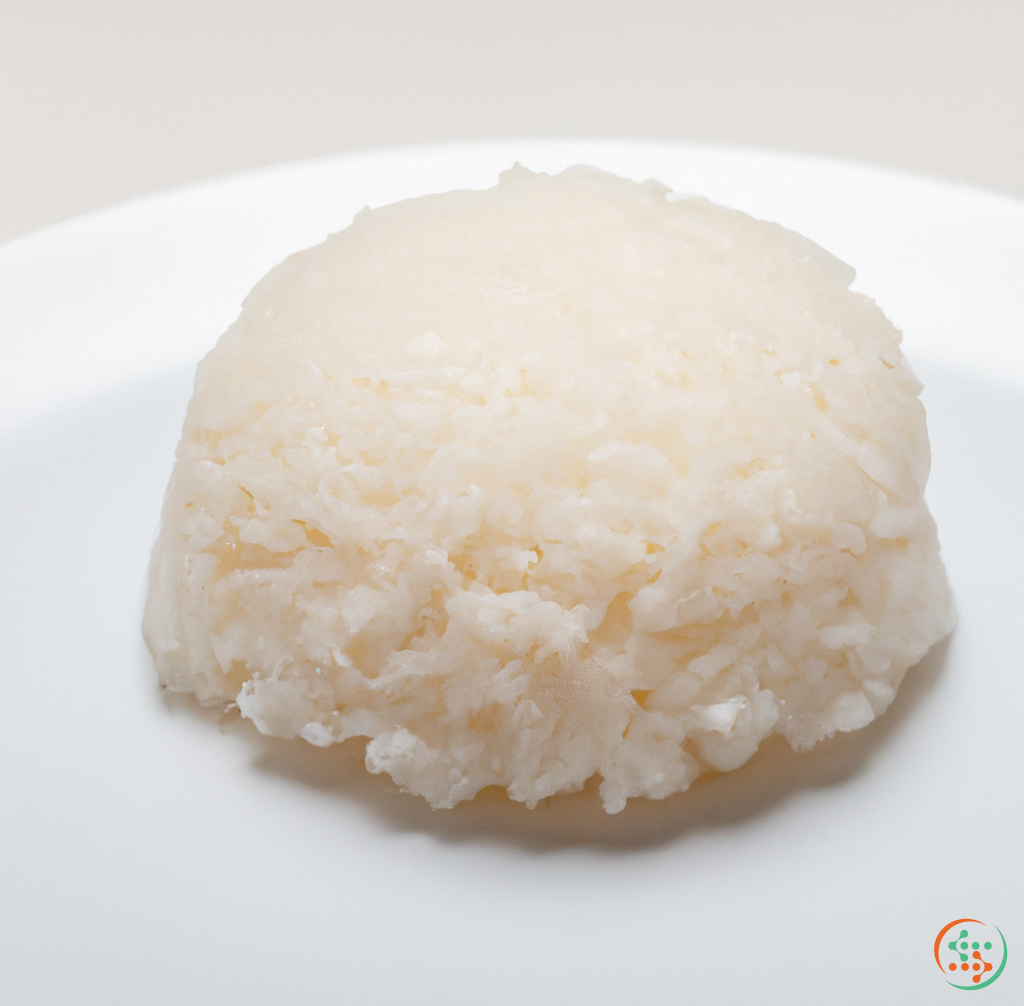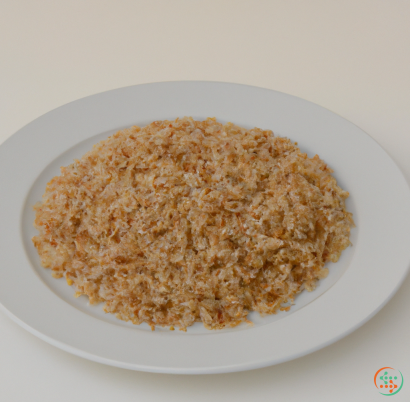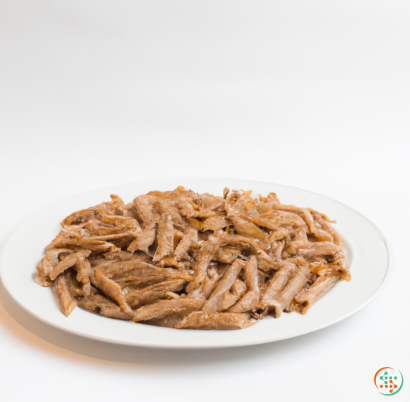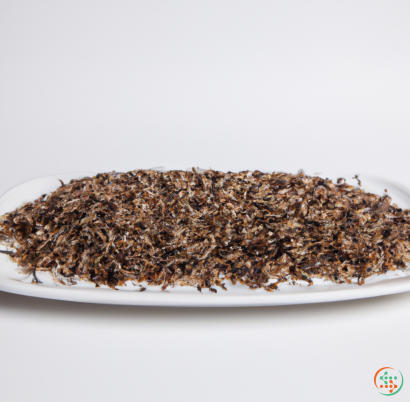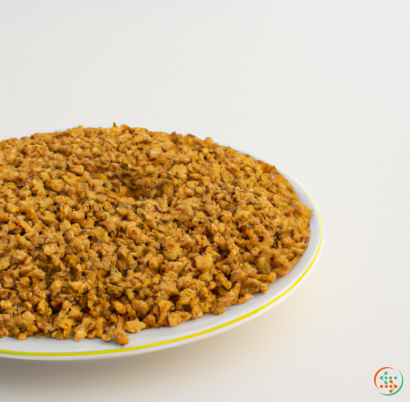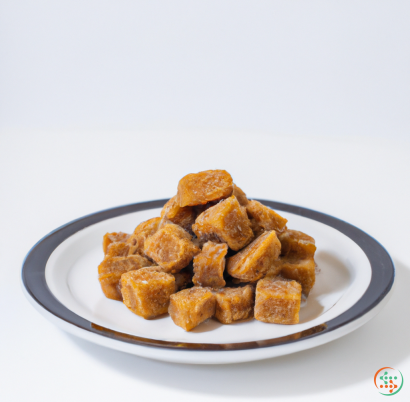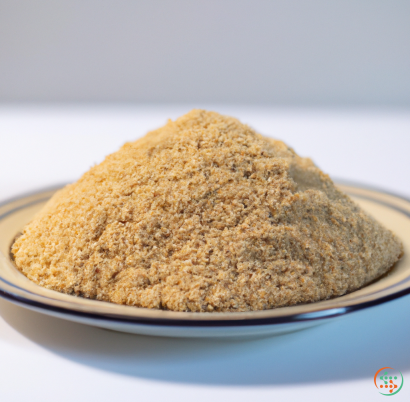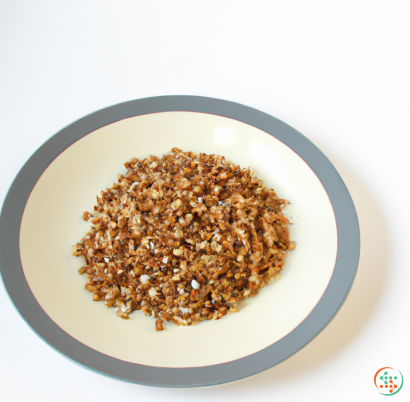Glutinous Rice
The world of rice is wide and varied, from Thai jasmine to Basmati and more, offering tasty options for any palate and meal. One rice variety that stands out for its unique texture and flavor is glutinous rice, also known as sweet rice or sticky rice. Though often confused with other types of rice, glutinous rice is distinct and has unique characteristics that make it an ideal choice for certain dishes and occasions.
Glutinous rice is an umbrella term used to refer to a variety of types of rice that are all high in starch. This starch content is what gives glutinous rice its sticky and gooey consistency and makes it an ideal choice for dishes like mango sticky rice, where the combination of sweet mango and savory sticky rice is sublime. Glutinous rice is also a popular choice for sushi, with its ability to absorb flavor and hold together during rolling.
Glutinous rice is native to East and Southeast Asia, with some varieties also found in South Asia and parts of Europe and the Americas. This makes glutinous rice one of the oldest types of rice to be harvested and eaten, with evidence of its consumption going back several thousand years. Glutinous rice was first cultivated in China and spread throughout the region, including Japan, Korea, Thailand, India, and Indonesia.
Unlike some other varieties of rice, glutinous rice does not contain any protein. This lack of protein makes it low in nutritional benefits and more of a source of carbohydrates. Glutinous rice does, however, have certain properties that make it an essential ingredient in many dishes. One advantage of glutinous rice is its high starch content, which makes it ideal for binding together foods like dumplings and cakes.
Glutinous rice is also high in fat, with a ratio of saturated and polyunsaturated fats that rivals traditional Japanese short-grain white rice. The fat content of glutinous rice gives it an especially silky texture, making it successful in applications where smoothness and clinging are desirable, such as rice balls and mochi.
When cooking glutinous rice, there are several techniques to make the most of its flavors and textures. The most common method used to cook glutinous rice is boiling, which helps to soften the grains and make them easy to eat. Steaming can also be used to keep the glutinous rice lightweight and fluffy, while a final rinse in cold water helps to give it a glossy texture.
When it comes time to serve, glutinous rice can be wrapped in bamboo leaves for extra flavor, or it can be cooked with other ingredients to increase complexity. The rice is often used as a component of savory dishes, including fried rice, but it can also make for a delicious dessert. Such desserts include jellies, cakes, tarts, and even mochi ice cream.
In conclusion, glutinous rice is an ancient and unique grain that has been enjoyed for centuries. Its high starch content and fat content mean that it is high in carbohydrates, but low in nutritional benefits. Despite this, it is a beloved ingredient in many East and Southeast Asian dishes, as well as a component of desserts around the world. Its chewy, sticky consistency is perfect for dishes that require binding, while creative cooks can also employ it to make desserts with a wow factor. No matter the occasion, glutinous rice is a reliable choice for adding an interesting texture and unforgettable flavor to any dish.
What is Glutinous Rice and Where Does It Come From?
Glutinous rice, also more commonly known as sticky rice, is a type of rice that is higher in starch content. Glutinous rice is unique because of its sticky consistency when cooked – it contains no gluten, yet its cooked composition is both glutinous and chewy, unlike your traditional boiled rice. Glutinous rice is consumed in many cultures around the world, especially in East and Southeast Asia.
The most common glutinous rice is grown in a process called ‘Koshihikari’, which originated in Japan. It is produced by direct sowing of the seed into the saturated soil and covering the seed with a thin layer of soil.
The biggest produced of glutinous rice is China, which produces over 72% of global production. It is grown in large swathes of the country, especially in the South and Southwest provinces. Other producers are Thailand, India, and even in the United States.
How Is Glutinous Rice Processed?
Sticky rice is processed differently than regular white or brown rice. It is not milled, only soaked and steamed to create its unique “glutinous” texture.
The first step of processing begins by soaking the raw grains in water for 6 to 8 hours. This process softens the outer layer of each grain which makes them easier to steam and also prevents them from becoming too tough.
Once soaked, the rice is then dried by spreading layers of it on flat surfaces or running it through a drying machine. The drying process helps to further soften the grains and also prepares them for steaming. After the grains are dried, they are then ready for steaming.
The steaming process is the most important step. This is done in either stacked trays or a single steamer. After being steamed, the glutinous rice is now ready for consumption.
How Is Glutinous Rice Used?
Glutinous rice can be consumed in many different dishes. It is most popularly used in Asian countries as a staple in diets. It is commonly used in Chinese, Japanese, Korean, and Thai cooking and is often served as a side dish to traditional meals. It is also used in desserts and other sweet dishes, as well as snacks like mochi.
In Chinese cuisine, sticky rice is used to make a variety of dishes including zongzi, which is a dumpling traditionally enjoyed during the Dragon Boat Festival. In Southeast Asia, it is used in dishes such as lontong, a dish of compressed glutinous rice filled with curry, and nasi kuning, a fragrant yellow rice dish.
In Japan, sticky rice is used to make mochi, which are chewy balls of steamed glutinous rice. In Korea, it is used to make garaetteok, which are cylindrical steamed cakes.
How Does Glutinous Rice Get From the Farm to Your Plate?
Now that you know how sticky rice is made, how does it get from the farm to your plate? Well, the process of getting this complex carbohydrate to your dinner plate has a few steps and begins at the farm.
The harvesting process for sticky rice is slightly different than that of other grains. Rather than being mechanically harvested, the crop is typically hand-harvested and requires the use of a tool called a “flail” to cut the stalks and separate the grains from the chaff. The harvested rice is then left to dry in the sun and is then collected.
The harvested glutinous rice is then hulled, or have its outer husk removed, either with a machine or as a manual operation, prior to processing. The hulling process removes the tough outer layer, leaving only the soft, edible grain.
The second step after hulling is the milling process. The grains are milled to remove any small stones or other impurities. This happens in dedicated rice mills and the quality of the milled grains is checked for size and shape.
Once milled, the grains are now ready for shipping or packaging. The finished products are then packaged and shipped out around the world. The packaged grains are stored in controlled warehouses to ensure the “quality” of the product when it arrives at the shelf.
When the packaged grains arrive at their final destination, they are ready to be cooked and served. Cooking glutinous rice requires a bit more effort than traditional boiled rice – a rice cooker or steamer is necessary to achieve the desired “glutinous” texture, and the rice must usually be cooked for longer than your average, boiled rice.
Once cooked, all that is left to do is enjoy the good eats. Glutinous rice is often eaten as an accompaniment to a main dish such as a stir fry or curry and is often served with a side of vegetables or a soup. It can also be enjoyed on its own, as a flavorful and light substitute for regular boiled rice.
Conclusion
Glutinous rice is a unique type of rice that is high in starch content and is often used as an accompaniment to a variety of dishes in many cultures around the world. Its unique texture and flavor make it a favorite in culinary circles. The process of getting glutinous rice from the farm to your plate is quite complex and time-consuming. But in the end, the effort is worth it to enjoy the chewy, glutinous texture and flavor of this unique side dish.
| Vitamin E | 0.04 mg | |
| Vitamin B1 | 0.02 mg | |
| Vitamin B2 | 0.01 mg | |
| Vitamin B3 | 0.29 mg | |
| Vitamin B4 | 0.0021 grams | |
| Vitamin B5 | 0.22 mg | |
| Vitamin B6 | 0.03 mg | |
| Vitamin B9 | 0.001 mg |
| Calcium | 0.002 grams |
Daily Value 1.3 g
|
| Iron | 0.14 mg |
Daily Value 0.018 g
|
| Magnesium | 0.005 grams |
Daily Value 0.4 g
|
| Phosphorus | 0.008 grams |
Daily Value 1.25 g
|
| Potassium | 0.01 grams |
Daily Value 4.7 g
|
| Sodium | 0.005 grams |
Daily Value 2.3 g
|
| Zinc | 0.41 mg |
Daily Value 0.011 g
|
| Copper | 0.05 mg |
Daily Value 0.9 mg
|
| Manganese | 0.26 mg |
Daily Value 0.0023 g
|
| Selenium | 0.0056 mg |
Daily Value 0.055 mg
|
| Tryptophan | 0.023 grams | |
| Threonine | 0.072 grams | |
| Isoleucine | 0.087 grams | |
| Leucine | 0.167 grams | |
| Lysine | 0.073 grams | |
| Methionine | 0.047 grams | |
| Cystine | 0.041 grams | |
| Phenylalanine | 0.108 grams | |
| Tyrosine | 0.067 grams | |
| Valine | 0.123 grams | |
| Arginine | 0.168 grams | |
| Histidine | 0.047 grams | |
| Alanine | 0.117 grams | |
| Aspartic Acid | 0.19 grams | |
| Glutamic Acid | 0.393 grams | |
| Glycine | 0.092 grams | |
| Proline | 0.095 grams | |
| Serine | 0.106 grams |
| Total Sugars | 0.1 grams |
per 100g
|
| Palmitic acid (16:0) | 0.03 grams |
|
| Total Saturated fatty acids: | 0.03 g | |
| Oleic acid (18:1) | 0.07 grams |
|
| Total Monounsaturated fatty acids: | 0.07 g | |
| Linoleic acid (18:2) | 0.07 grams |
|
| Total Polyunsaturated fatty acids: | 0.07 g | |
